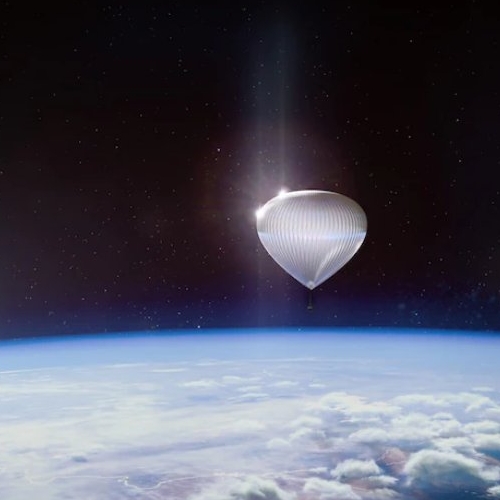SpaceX launches two high resolution Earth imaging reconnaissance satellites
SpaceX tonight successfully launched Maxar’s last two of six high resolution Earth imaging reconnaissance satellites of its Worldview constellation, its Falcon 9 rocket lifting off from the Kennedy Space Center in Florida.
SpaceX placed the entire Worldview constellation in orbit over three launches. The first stage on today’s launch completed its fourth flight, landing back at Cape Canaveral, while the rocket’s two fairing halves completed their 21st and 23rd flights respectively.
This was also SpaceX’s second launch today.
The 2025 launch race:
16 SpaceX
6 China
1 Blue Origin
1 India
1 Japan
SpaceX tonight successfully launched Maxar’s last two of six high resolution Earth imaging reconnaissance satellites of its Worldview constellation, its Falcon 9 rocket lifting off from the Kennedy Space Center in Florida.
SpaceX placed the entire Worldview constellation in orbit over three launches. The first stage on today’s launch completed its fourth flight, landing back at Cape Canaveral, while the rocket’s two fairing halves completed their 21st and 23rd flights respectively.
This was also SpaceX’s second launch today.
The 2025 launch race:
16 SpaceX
6 China
1 Blue Origin
1 India
1 Japan


